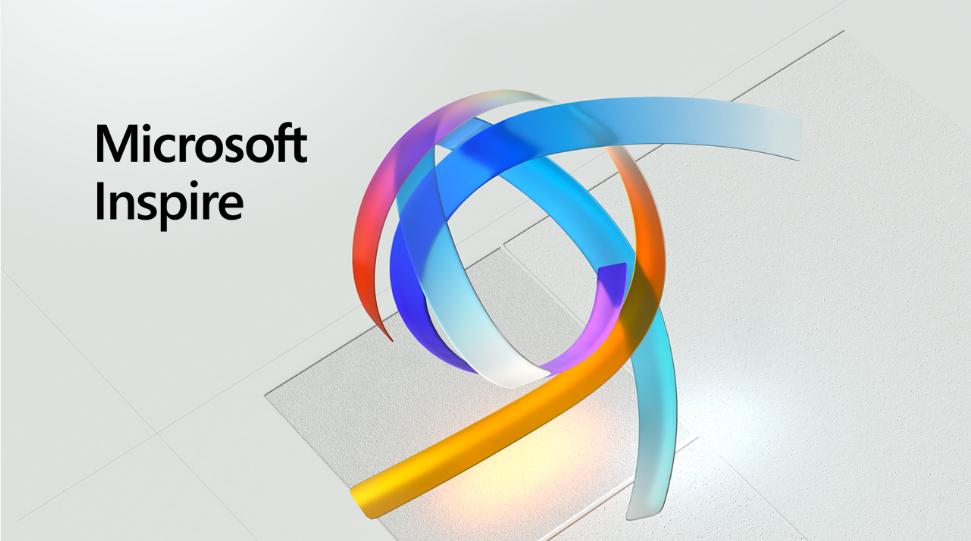The retail industry has evolved rapidly in recent years, with smart technology and data-driven insights taking center stage 🌟. One of the most impactful advancements is the integration of computer vision in retail applications.
In this article, we will explore the benefits, applications, and real-life examples of leveraging computer vision in the retail industry, focusing on inventory management optimization and enhanced customer experiences 🛍️.
Computer Vision Retail Applications: Transforming the Shopping Experience
Smart shelves and inventory management 📦
Computer vision algorithms can analyze images and videos in real-time, allowing retailers to optimize inventory management. For instance, smart shelves equipped with cameras can track stock levels, alerting staff when items need restocking.
Example:
import cv2
import numpy as np
def count_stock(img_path):
img = cv2.imread(img_path)
gray = cv2.cvtColor(img, cv2.COLOR_BGR2GRAY)
_, threshold = cv2.threshold(gray, 100, 255, cv2.THRESH_BINARY)
contours, _ = cv2.findContours(threshold, cv2.RETR_EXTERNAL, cv2.CHAIN_APPROX_SIMPLE)
return len(contours)
stock_count = count_stock("path/to/image.png")
Virtual fitting rooms 👗
Computer vision technology can be used to create virtual fitting rooms, allowing customers to try on clothes without physically changing.
By analyzing a customer’s body dimensions and overlaying the desired clothing item, retailers can offer a seamless shopping experience.
Automated checkouts 🏁
Computer vision can streamline the checkout process by automatically identifying and scanning items as customers place them in their shopping carts. This eliminates the need for manual scanning and reduces waiting times at the cash register.
Benefits of Computer Vision in Retail
Improved inventory management 📈
By leveraging computer vision retail applications, retailers can optimize their inventory management processes. This leads to reduced stock discrepancies, less product waste, and better stock level accuracy.
Enhanced customer experience 🤩
Computer vision technology enables retailers to create personalized, engaging, and efficient shopping experiences for customers.
Virtual fitting rooms, automated checkouts, and targeted advertising all contribute to an enhanced customer experience.
Data-driven insights 📊
Computer vision provides retailers with real-time data and insights, enabling them to make informed decisions about product placement, store layouts, and promotions. This ultimately leads to increased sales and customer satisfaction.
FAQ
What is computer vision retail?
Computer vision retail refers to the use of computer vision technology in retail applications to improve inventory management, enhance customer experiences, and gather data-driven insights.
How does computer vision technology benefit inventory management?
Computer vision technology enables retailers to accurately track stock levels, identify items that need restocking, and reduce discrepancies in their inventory.
How can computer vision enhance customer experiences?
Computer vision can enhance customer experiences through virtual fitting rooms, automated checkouts, and personalized product recommendations.
How does computer vision technology contribute to data-driven insights in retail?
Computer vision technology provides retailers with real-time data and insights, allowing them to make informed decisions about product placement, store layouts, and promotions.
Can computer vision retail applications be integrated into existing retail systems?
Yes, computer vision retail applications can be integrated into existing retail systems, often with the help of APIs or specialized software solutions.
This allows retailers to seamlessly incorporate computer vision technology into their operations and benefit from its various applications
Conclusion
The integration of computer vision technology in the retail industry offers numerous advantages, from optimizing inventory management to enhancing customer experiences.
By embracing these applications, retailers can stay ahead of the competition, make data-driven decisions, and ultimately drive growth and success.
As the technology continues to develop, we can expect even more innovative computer vision retail applications to emerge, transforming the way we shop and interact with retail spaces 🚀.
Thank you for reading our blog, we hope you found the information provided helpful and informative. We invite you to follow and share this blog with your colleagues and friends if you found it useful.
Share your thoughts and ideas in the comments below. To get in touch with us, please send an email to dataspaceconsulting@gmail.com or contactus@dataspacein.com.
You can also visit our website – DataspaceAI


